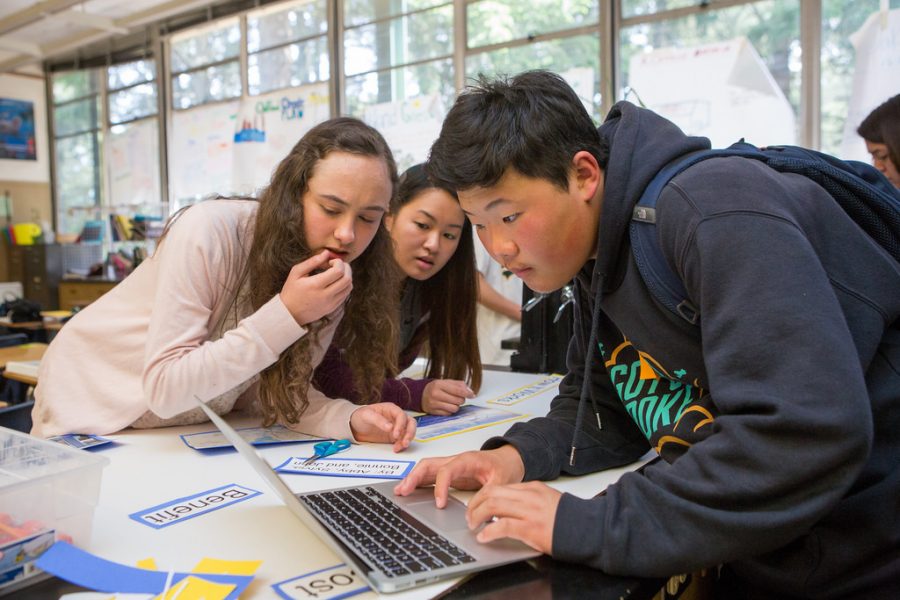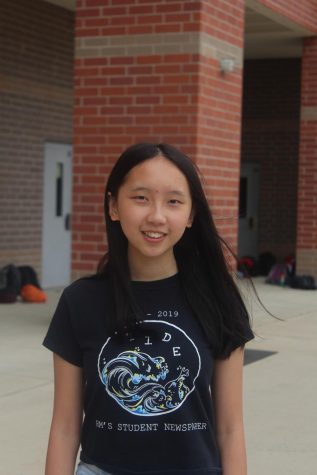High school science education must be improved
Three students collaborate during science class.
April 3, 2019
One of the most frustrating memories our high school experience is spending an entire semester of Magnet Chemistry learning about sinkholes and completing meaningless assignments unrelated to chemistry, where half of our grade is determined by whether we formatted our sources correctly. Though the science curriculums have undergone several iterations of reform, the end result was a lackluster science education experience that angers us to this day.
Abysmal science courses have been a recurring motif throughout our high school careers. Even the highly-regarded International Baccalaureate (IB) program still fails to properly teach science, technology, engineering, and math (STEM) topics. We commonly hear our teachers depersonalize the material they teach and stress its importance in testing over preparing us for the real world.
Even worse, our experiences do not seem to be uncommon. Similar poor science education trends can be found throughout the country. In the most recent Programme for International Student Assessment (PISA), an international math and science test, the US ranked 24th out of 71 countries for science education, and in 2013, only 36 percent of high school students were found to be prepared for college-level science courses, demonstrating that a subpar science curriculum is a national phenomenon.
The constant testing culture only accentuates this problem. In order to quantify science proficiency as a numerical value, both Advanced Placement (AP) and IB exams often rely on testing rote memorization skills, rather than creativity and problem-solving, both of which are crucial to science careers. “The type of filters we have for these subjects are actually filtering out our most creative people,” Salman Khan, the founder of Khan Academy, said.
The current structure of secondary science education also does not incorporate enough hands-on experimentation and real-world applications for the different concepts learned in class, perpetuating the false belief that science is “useless” or “irrelevant” in a student’s life. The Pew Research Center found that more than half of those surveyed thought that science teachers focused too much on meeting state standards rather than exploring real-world applications of the material they taught. Without learning the implications of the knowledge we acquire, it is impossible to fully appreciate the beauty of science and discourages a curiosity of science.
As STEM industries continue to grow, it is imperative that we enter the workforce well-equipped to handle the challenges of tomorrow. However, based on our current system, this is not the case. By incorporating more creativity and practicability into science curriculums, high school science education can be improved.



